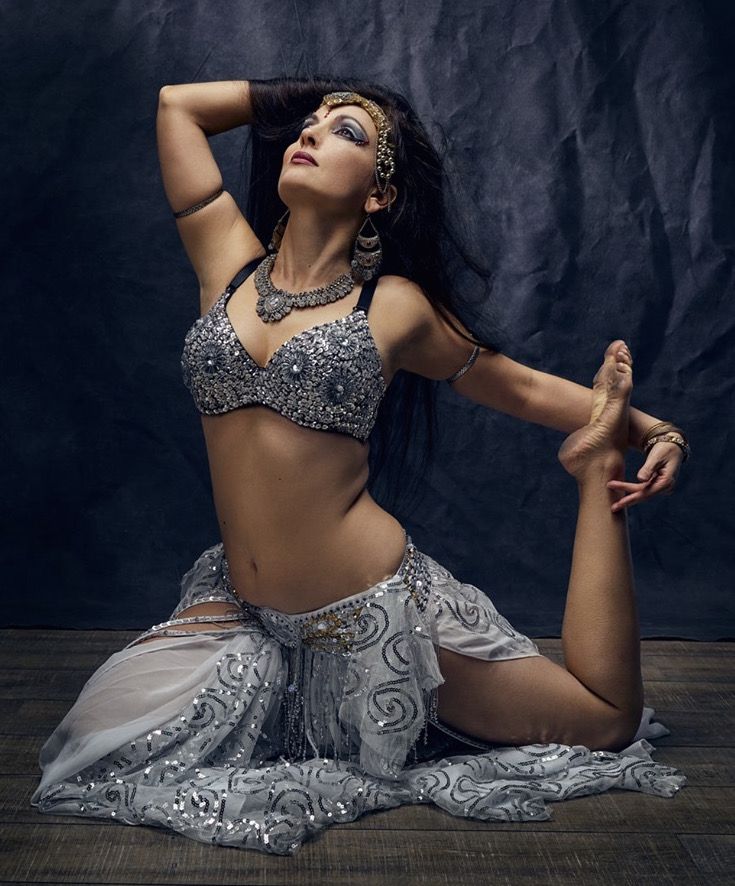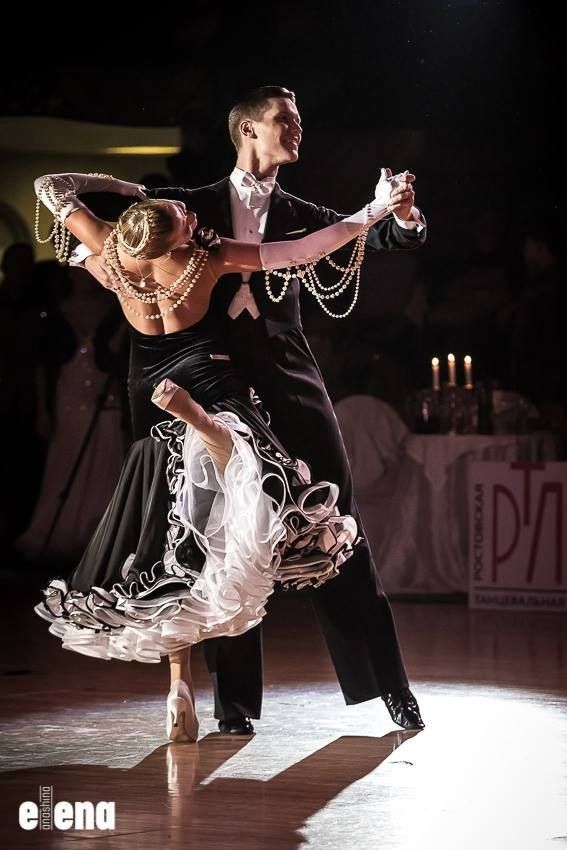How to learn arabic belly dance
ESSENCE OF BELLYDANCE™ - Free Online Belly Daning Classes
ESSENCE OF BELLYDANCE™ - Free Online Belly Daning Classes Join over 28.000 women in our Online Bellydance Classes Do you ever wonder how some women seem to move so effortless and
confident? Learn to move like a pro.
Join our online belly dancing classes - it’s free!
Start now
ESSENCE OF BELLYDANCE™ Online ClassesYou can dance with us for free! We have published the basic belly dance moves and regularly upload new videos for you. All workouts are playlists of several videos and contain a complete body warm up and a relaxing cool down Tell me more
Bellydance Class #1entry level
Start your training with this entry level class. You learn the fundamentals of belly dance: posture, seesaws, side sliding and mayas with your hips and chest.
Bellydance Class #2Beginner
Do the moves fromclass #1 already feel smooth & juicy? In class #2 you'll learn more belly dance basics: tilting internal circles and vertical circles with your hips and chest. The afro with pelvic floor integration is our specialty.
Beginner
In class #3 you'll learn more of the essential belly dance basics: sliding forward and classical Egyptian horizontal circles with the hips and chest.
Bellydance Class #4Beginner
In class #4 you'll learn more belly dance basics: camels with the hips and chest and your first sharp hips accents initiated by your gluteus muscles.
Bellydance Class #5Beginner
In class #5 you'll learn more belly dance basics: twists and horizontal eights with pelvic floor integration as well as some basic arm movements like the snake arms.
Bellydance Class #6Advanced
In class #6 you'll learn some advanced belly dance moves: hagala schimmy and variations as well as arm movements that lead up to the snake arms.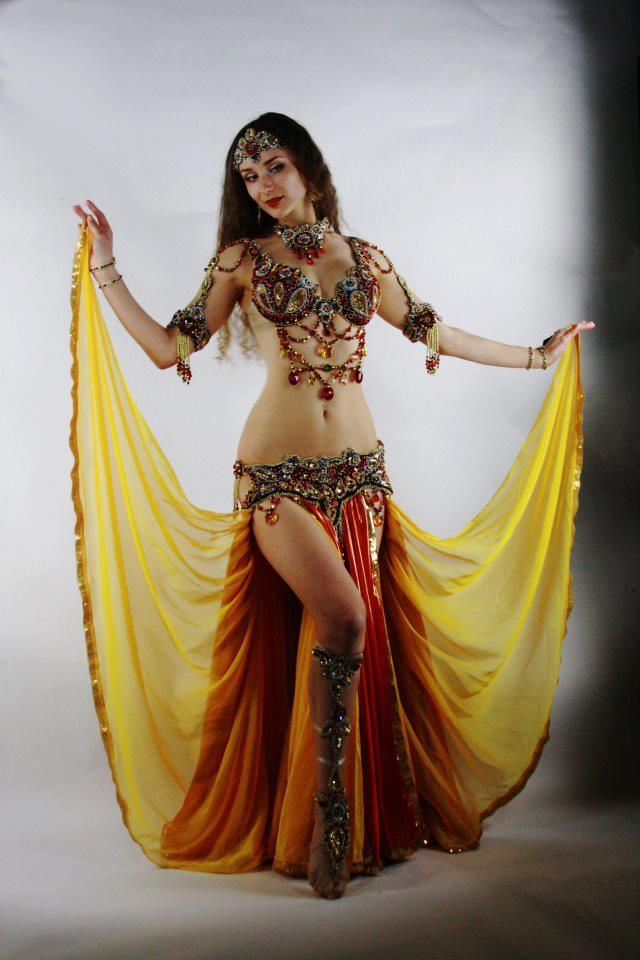
Advanced
In class #7 you'll learn some advanced belly dance moves: hip drops, accents, elegant eights with foot lifts, layered with chest camels and hip drops, as well as the secrets of a great hip shimmy.
Bellydance ChoreographyIntermediate - Advanced
Learn my beautiful belly dance choreography step by step! It's my interpretation of a classical Egyptian love song "Daret Al Ayam" (Days go by) by Um Kalsoum.
Bellydance all movesBeginner - Advanced
Here you have an overview of all the belly dance moves you have learned so far. Step by step instructions.
Bellydance all DrillsBeginner - Advanced
Here you have an overview of all the Bellydance drills with music. Dance for as long as you can!
Tips on Dance & HealthAn overview of Coco's tips & the home of her new interview series Free Woman. Have fun!
Have fun!
An overview on full length bellydance classes that we've recorded for you here in Berlin. The German video contains subtitles.
Sensuous Dance WorkoutEverything about Coco's Sensuous Dance Workout program - your personal wellness program at home: TV-shows, reviews, interviews.
COCO's Bellydance ShowsHere you can see a collection of Coco's belly dance shows. Enjoy!
Teacher TrainingListen to what our graduates have to say about our teacher training and watch the scholarship entries.
Fun Travel, interviews...An overview of all interviews, travel vlogs and other videos from and with Coco.
Join over 28.000 women in our Online Bellydance Classes Do you ever wonder how some women seem to move so effortless and
confident? Learn to move like a pro.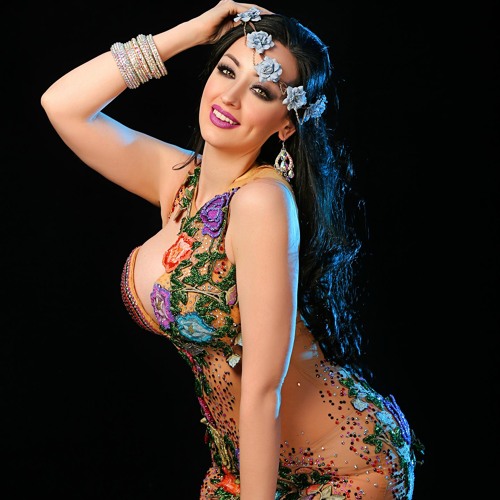
Join our online belly dancing classes - it’s free!
Start now
We use cookies to deliver our services. By using our website, you agree to the use of cookies as described in our Cookie Policy.
as seen on
- Learn how to belly dance
- Join our free online belly dancing classes
- How to belly dance for beginners
- Become a belly dance teacher and start your own classes
- Best online belly dance classes
- Discover belly dancing classes near you or learn how to belly dance online
- Best belly dancing workshops and classes online
What Belly Dancers Need to Know About Arabic
Most of my readers know that to be a thoughtful and mindful belly dancer that they must understand the songs to which they’re dancing. And because most classic belly dance music is sung in Arabic, that means working with translated lyrics.
But a translation alone isn’t enough to understand a song.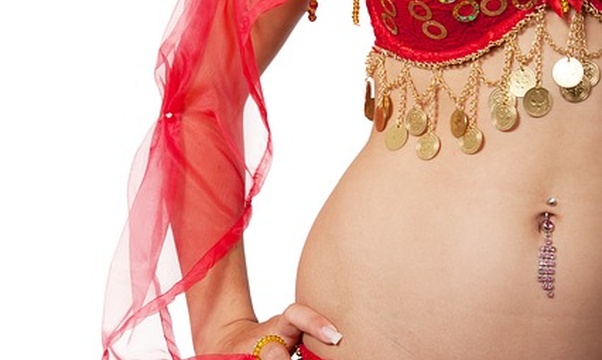 Those of us who didn’t grow up speaking Arabic need to also understand the hows and whys of the language, even if we never become fluent.
Those of us who didn’t grow up speaking Arabic need to also understand the hows and whys of the language, even if we never become fluent.
If you’re a native English speaker, you might feel a little intimidated by Arabic. The script, sounds, letters, and grammar are all quite different from English. So, it’s natural to feel a little daunted when trying to figure out how Arabic works.
To help you get started, this is the first in a series of blog posts on what belly dancers need to know about the Arabic language, and also what pitfalls and gaffs to avoid.
1. It’s a Semitic Language
You might be familiar with the term “Semitic” to describe people of Jewish heritage, but technically, it describes a wide range of peoples and languages in the Eastern Mediterranean, East Africa, West Asia, and even southern Europe.
Semitic languages include Hebrew, Amharic (found in Ethiopia), Aramaic, and Maltese (which is a blend of Arabic and Italian, but retains its Semitic grammar).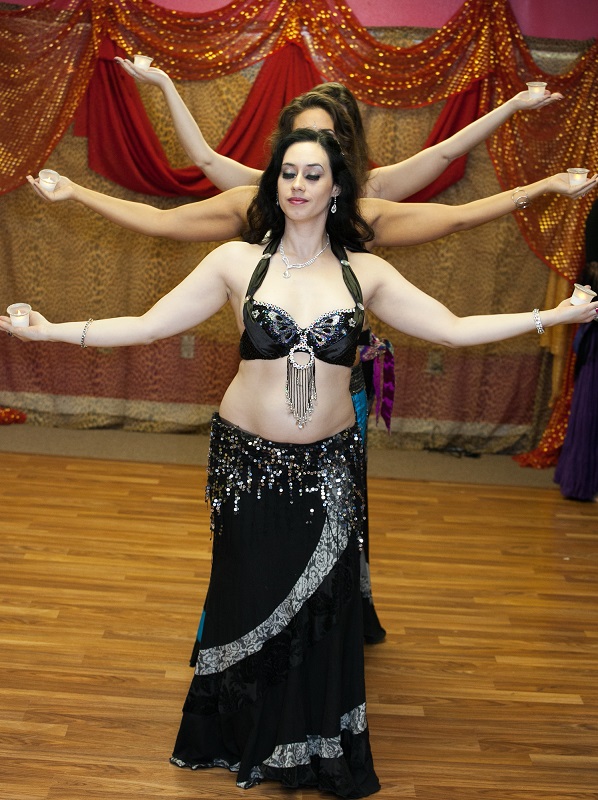
These languages share common words and grammatical structure. But what really sets them apart from other languages is their triliteral word roots, which we’ll look at later in the post.
And their sentences tend to follow a word order of verb-subject-object, instead of what we do in English, which is subject-verb-object. Instead of saying “Abby writes a blog post,” a Semitic language is more likely to say, “Writes Abby a blog post.”
2. It’s Written in Arabic Script
Arabic script developed on the Arabian Peninsula, mostly in response to a need to write the teachings of the holy book of Islam, the Qu’ran, in the 7th and 8th centuries BCE.
The writing works a little like cursive, with many letters linked together. These letters sometimes change their shape according to whether they appear at the beginning, middle, or end of a word. Some letters never connect, while others do. Don’t worry about which ones do and don’t unless you’re actively learning how to read Arabic.
Another distinguishing characteristic is that Arabic is read from right-to-left. This can pose some problems when typing in Arabic if your computer isn’t equipped to jump between the two text directions.
The general shape of a letter stays the same, but with small changes depending on where in the word it appears.Arabic is not the only language that uses this script. Persian (Farsi) and Pashtu also use it, but they are not Semitic languages at all. They are actually Indo-European. They have more in common with English than Arabic or Hebrew.
Ottoman Turkish was also written in Arabic script until the creation of the Republic of Turkey in the early 20th century, when President Mustafa Kemal Atatürk decreed that Turkish would be written in Roman script instead. Turkish is a Turkic language, with connections to Uighur and even some indigenous Siberian languages.
Marvel Studios apparently didn’t have a budget to double check the Arabic text behind King T’Chaka in Captain America: Civil War, because it reads from left to right, and the letters aren’t connected.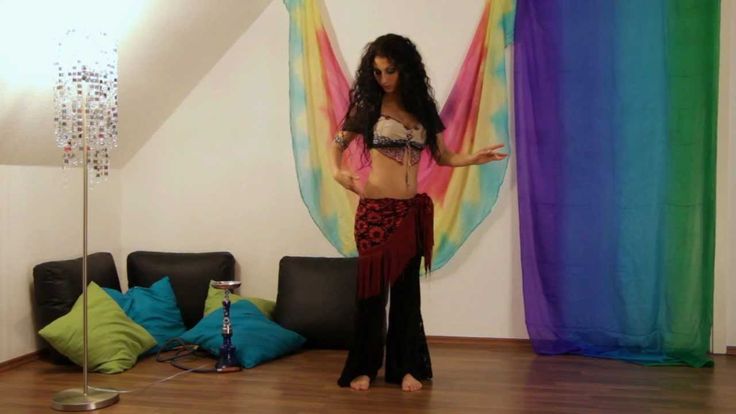 It’s supposed to say “United Nations”—الامم المتحدة. Screenshot credit to BlueStringsAttached on Imgur.
It’s supposed to say “United Nations”—الامم المتحدة. Screenshot credit to BlueStringsAttached on Imgur.3. It’s Based on a Three Letter Root System
Once you understand that Arabic follows what’s called a triliteral root system, your understanding of basic words and concepts will make a lot more sense. This means that most words are based on three consonants (or vowels that can act like consonants).
Take a word that you’ve probably heard of: Salām, meaning “peace”. It’s of similar origin to the Hebrew “shalom.” The consonant root of this word is S-L-M (س-ل-م), which is the root for words that have to do with peace or being peaceful. From this root we get words like Islām and muslim. The name Salome also comes from this root.
You might also be familiar with the word taqsīm, which means “partition,” and in music, it refers to a solo improvisation by a melodic instrument. The word comes from the root Q-S-M (ق-س-م). From this we also get the name of a common rhythm, maqsūm, (often spelled “maqsoum” or “maksoum”), because of its limping accents.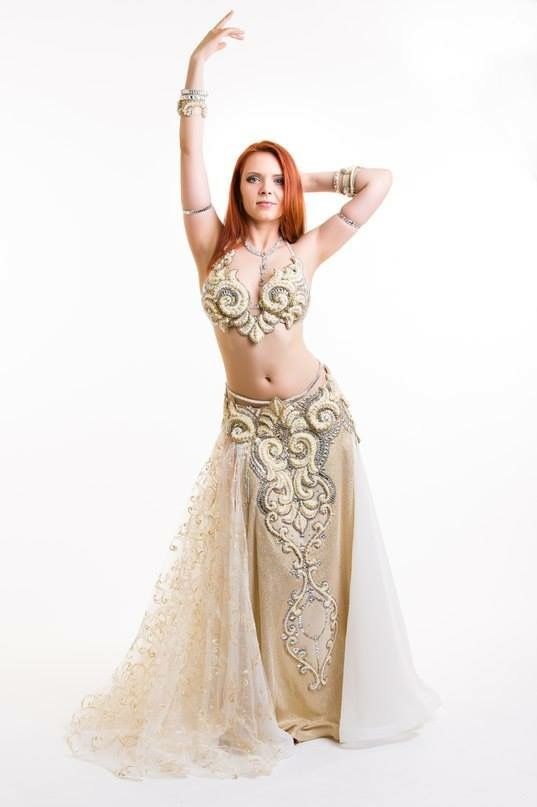
4. Long Vowels are Written… Short Vowels are Not.
I’ve heard some people say that Arabic doesn’t have written vowels, but this simply isn’t true. Arabic can be written with all of its vowels, but in general, written Arabic only includes the long vowels. Written texts where exact pronunciation is of the utmost importance, such as in the Qur’ān and in children’s books, will include the short vowels.
Fluent Arabic readers will be able to determine the short vowels from the context of the word, which can be quite difficult for non-native readers. But it gets easier with time and practice.
This common greeting can be written with or without short vowels. The small lines are short vowels, while the little circle—the sukun—means no vowel at all.But what’s the difference between a long and short vowel? It’s basically how long you spend vocalizing that sound before moving on to the next one. Take the word “bid.” The “i” would be considered “short.” But if we write “bide” then then “i” becomes longer.
There are only three long and short vowel sounds in written Arabic: a, i, u, and ā, ī, ū. These vowel sounds do change a bit from dialect to dialect, which I’ll get to later in the post.
5. It Uses Unique Letters
The Arabic alphabet has 28 letters, many of which don’t exist in English. These can prove difficult for newcomers, because these letters can be quite difficult to pronounce. They are even more difficult to convey in Roman script because we don’t have letter equivalents.
But there are various ways of writing these letters in Roman script, which we use to write English and many other European languages. Arabic speakers sometimes use specific numbers instead of letters, while academics will use diacritical marks, such as the – over long vowels (such as in taqsīm), and a dot under a letter for the deeper softer letters that are vocalized in the back of the mouth such as ص, ض, and ح (for example: ḥabībī).
One of the most common, and often the most challenging, letters is ع, or ‘ayn. It shows up quite a bit, in the Arabic words for eye (‘ayn or ‘ain), life (‘umri, such as in the song “Enta Omri”, أنت عمري) and even Arab (‘arab, عرب). It is in the middle of sa’idi and the popular song Isma’ouni.
It shows up quite a bit, in the Arabic words for eye (‘ayn or ‘ain), life (‘umri, such as in the song “Enta Omri”, أنت عمري) and even Arab (‘arab, عرب). It is in the middle of sa’idi and the popular song Isma’ouni.
6. So. Many. Dialects.
To make things even more difficult, Arabic speakers usually don’t converse in Classical or even what’s known as Modern Standard Arabic (MSA) in their every day lives. They are more likely to speak in their regional dialect, and that can be tricky for those of us trying to learn Arabic in classroom environments which tend to focus mainly on MSA.
Classical Arabic is often considered to be what we find in scriptures, like the Holy Qur’an. It sounds a bit like the King James translation of the Bible. It makes sense, but it would be like using “thee” and “thou” in everyday speech.
Modern Standard Arabic, or MSA, is a bit like BBC English. Most English speakers understand it, but it’s stilted, formal, and Brits don’t talk like that with their friends. It’s called fusḥa (fuss-Ha), and it’s the the variety that I learned first in my academic studies. For regular conversation it’s useful, but when you speak it, you’ll always get asked, “Oh! Where did you study?” It’s that obvious.
It’s called fusḥa (fuss-Ha), and it’s the the variety that I learned first in my academic studies. For regular conversation it’s useful, but when you speak it, you’ll always get asked, “Oh! Where did you study?” It’s that obvious.
Then there are the regional dialects.
There are many regional dialects and they all have their own implicit rules and quirks. The most common ones you’ll here in the music that we use for dancing is Egyptian, or Masri (مصر — “Masr” or “Misr” is the Arabic word for Egypt). In Egyptian Arabic, the q is often dropped, becoming a glottal stop. This is why the word for moon, qamr, becomes ‘amar. Egyptian dialect also changes the soft “J” sound of jeem, or ج, to a hard “G” sound. This is how we get gamil or gameel from jamīl both of which mean “handsome” or “beautiful.”
Egyptian Arabic also can make certain vowels change a bit from their classical or MSA forms.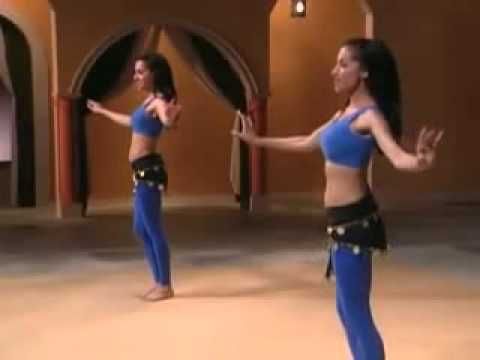 Take the song “Enta Omri.” If we were to pronounce it in its classical way, we’d say “Inta ‘Umri,” but the Egyptian dialect shifts the initial vowels to be more like “Eh” and “Oh.”
Take the song “Enta Omri.” If we were to pronounce it in its classical way, we’d say “Inta ‘Umri,” but the Egyptian dialect shifts the initial vowels to be more like “Eh” and “Oh.”
7. You Probably Already Know Some Arabic
If you speak English, Spanish, Italian, you probably already know some Arabic words, or at least words that came from Arabic.
Many English words that start with “al” are likely derived from Arabic like: alcohol, alchemy, algorithm, and albatross.
Other words include: artichoke, spinach, cotton, coffee, sequin, and zero.
More to Come…
Stay tuned for future posts about Arabic essentials for belly dancers, including transcribing Arabic into Roman script, and my top pet peeves that dancers do with Arabic.
If you liked this post, consider buying me a coffee.
Learn to dance belly: 8 steps to beauty and harmony | Beauty secrets | Health
There is no more ancient dance than belly dance. Even the walls of the tombs, erected on the orders of the Egyptian pharaoh Akhenaten in the 14th century BC, are painted with scenes depicting in great detail nothing more than a belly dance.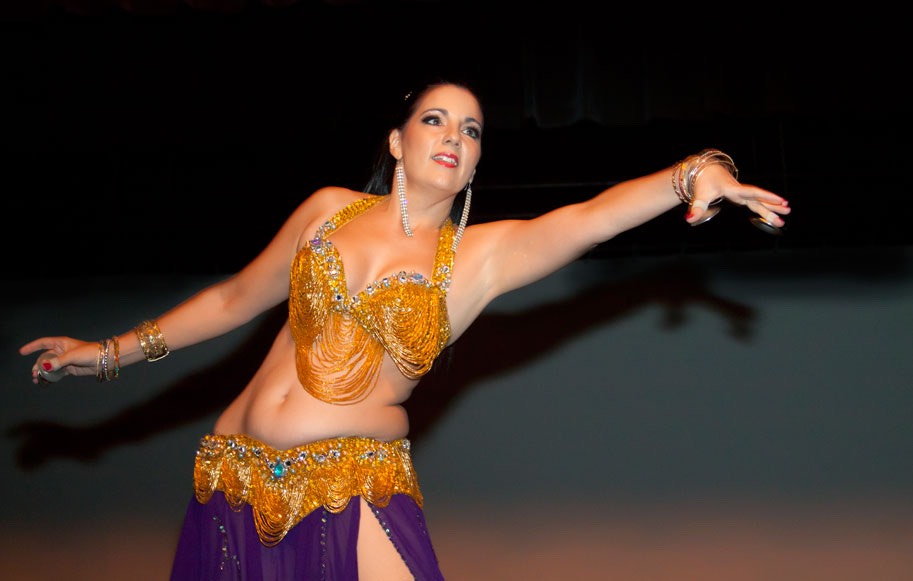
The choreographer was a bee
The legend claims that this erotic oriental dance appeared quite by accident. It was all the bee's fault. Bewildered by the delicate floral aroma emanating from the oiled body of a young dancer, confusing her with a flower, a bee flew under her thin outfit during the performance. Frightened by the uninvited guest, the girl began to rotate her hips and stomach with all her might. It was as if her hips and stomach were competing in mobility, teasing and provoking each other. The grace with which she made the movements delighted those around her.
European travelers eventually became acquainted with the ancient dance. However, his eroticism is perceived by Europeans in different ways. “Indecency and indecency,” some exclaim indignantly. Others consider belly dancing a real art.
The East is a flexible body
The secrets of belly dancing are carefully passed down from generation to generation. For what? Not just for beauty. In Arab countries, the fertility of a woman is still perhaps her main advantage in the eyes of the majority. From early childhood, Arab girls begin to be taught special exercises, which are the basis of belly dancing. Daughters diligently adopt from their mothers the ability to control the body, move beautifully and gracefully. These simple movements make it possible from childhood to strengthen the muscles of the back, abdomen, lower back, and hips in girls - expectant mothers, which play a major role during pregnancy and during childbirth.
In Arab countries, the fertility of a woman is still perhaps her main advantage in the eyes of the majority. From early childhood, Arab girls begin to be taught special exercises, which are the basis of belly dancing. Daughters diligently adopt from their mothers the ability to control the body, move beautifully and gracefully. These simple movements make it possible from childhood to strengthen the muscles of the back, abdomen, lower back, and hips in girls - expectant mothers, which play a major role during pregnancy and during childbirth.
In addition, belly dancing is an excellent means of keeping slim and seductive forms for Eastern women. Even having grown fat with age, Arab charmers move easily, remain amazingly flexible. This is confirmed by official science. According to the research of modern scientists, Eastern women are less likely to suffer from cervical and lumbar radiculitis, less prone to scoliosis and other diseases of the musculoskeletal system.
Following Hollywood stars
To maintain a perfect waist and elastic tummy, Hollywood stars are also fond of oriental dances. Imagine: in one dancing hour you can burn up to 400 kilocalories, strengthen the torso, improve coordination of movements, and make the spine more flexible. The dance will teach you how to move beautifully and follow your posture. And although at first it will be difficult for you, but in order to feel the gaze of men behind your back, it’s worth the effort.
Imagine: in one dancing hour you can burn up to 400 kilocalories, strengthen the torso, improve coordination of movements, and make the spine more flexible. The dance will teach you how to move beautifully and follow your posture. And although at first it will be difficult for you, but in order to feel the gaze of men behind your back, it’s worth the effort.
Of course, it is better to learn belly dancing in the company of an experienced instructor, but some basic movements can be learned on your own. This simple but effective set of dance exercises in just a few months will make the abdominal muscles elastic and toned, and you - more sexy and erotic.
● Your clothing should be light and not restrictive. To begin with, tie a thin pareo (silk scarf) around the hips, which will effectively emphasize their flexible line. Raise your arms up and, clapping your hands to the beat, gently shake your hips. Do not start dancing immediately at a fast pace. Choose the rhythm of movement that suits you and try not to change it during the dance.
● Standing with your feet shoulder-width apart, raise your right thigh sharply, then your left. Try not to strain your abdominal muscles. Repeat the movement 8 times.
● Stand with your feet hip-width apart. Swing your hips gently from side to side, like a pendulum, 8-10 times. Make sure that only your hips move.
● Rotate your hips 8 times in each direction, as if you were spinning a hoop. Please note: the body must be motionless.
● Feet shoulder width apart. As you exhale, stick out your stomach as much as possible, 6-8 times. Tired - take a 10-second pause.
● Keep your feet shoulder-width apart. Place your right foot on your toes and lift your right thigh. Shift your body weight to your left leg. Vigorously rotate your right hip clockwise 6-8 times. Repeat the exercise by changing the position of the legs.
● Feet slightly apart. Move the pelvis forward (the stomach is tucked up, the muscles are tense), then back (the muscles are relaxed) 6-8 times.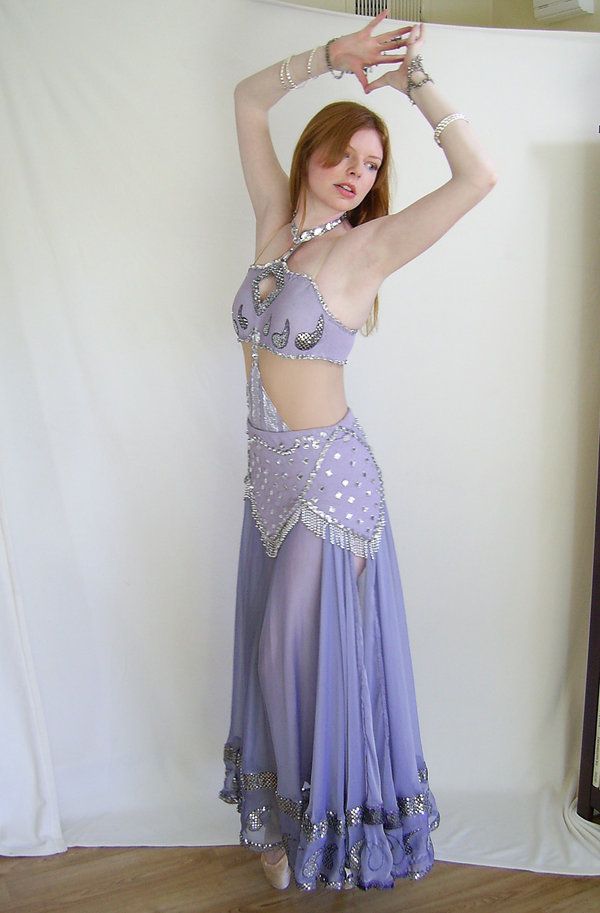
● Exhale deeply, forcefully draw in the stomach - the diaphragm rises. Then slowly inhale through the nose, sticking out the stomach - the diaphragm goes down. Do not move your body - only the stomach works (repeat the movement 4-6 times).
Dance for half an hour a day (better in the morning on an empty stomach or 2 hours after eating), and normal blood circulation in the pelvis, good bowel function, beautiful gait and majestic posture, healthy joints, elastic muscles are provided to you.
Personal opinion
Alsou:
- If it is professionally done, then I really like this art. But for this it is necessary that several factors come together at once - the dancer's talent, a beautiful concert costume and the beauty of her body. Belly dancing cannot be danced by thin girls - here you need to have something with which to dance this dance!
See also:
- The secrets of royal posture and beautiful gait. Master class from a ballet soloist →
- How to warm up on the plane? Mini gymnastics for legs, neck and back →
- Getting Ready for Graduation: Learning to Waltz →
How to learn to dance oriental dances at home?
Someone once said that life without dance is impossible , and in his own way this person is right.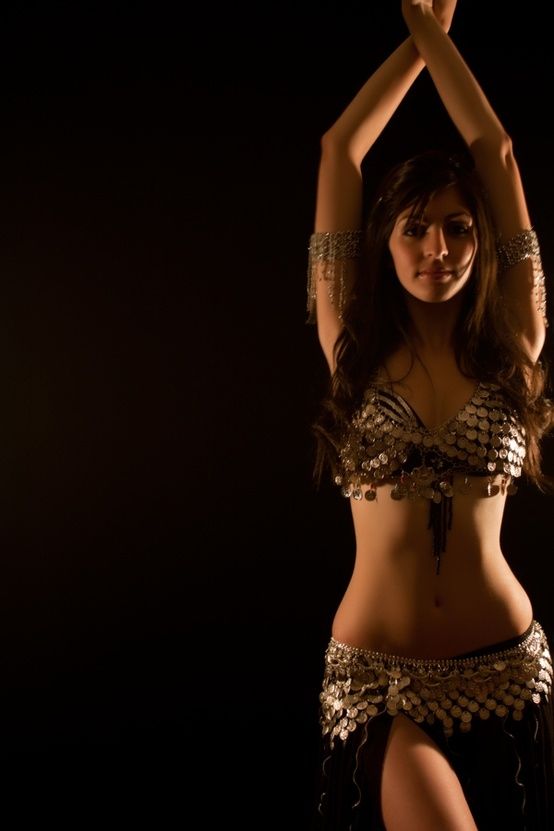 See for yourself: all nations have their own national dances. It is with the help of dance that a person is able to express the passions and feelings that overwhelm him, show his emotions, express his inner world.
See for yourself: all nations have their own national dances. It is with the help of dance that a person is able to express the passions and feelings that overwhelm him, show his emotions, express his inner world.
Each dance has its own meaning , and the dance itself is not just a way to improve the mood of others and yourself, but also an excellent cure for blues and stress. It drives away bad thoughts, relieves tension, relieves depression and boredom, and liberates. And dance helps keep the body in good shape and helps to make the figure attractive.
The dance does not recognize racial or religious differences. Everyone can learn to dance, regardless of their place of work, study, age, gender.
In our time, a dance direction has gained great popularity - belly dance or oriental dance . He wants to learn girls and women who dream of making the figure perfect, the body - plastic and flexible, and the waist - thin.
Oriental dance is not just plastic hand movements, waves and hip shaking. First of all, belly dance is a mystery, energy, passion, life itself! If you learn this art, you will be able to better control your body, become more graceful and flexible, improve your health and drive any man crazy. But how do you learn it? You can try to study at home - from video lessons, books, articles on the Internet, or go to a dance school. And in general: is there any benefit in belly dancing, or is it just a big exaggeration? Our site will try to tell you everything in detail.
Oriental dance: dancing for pleasure and with benefit
When you do the movements of this dance, a huge number of muscles are involved, even the most undeveloped and deep ones, which cannot be “reached” by ordinary aerobics, but can be worked out only by strength training. You not only get a charge of vivacity and energy, but also heal and strengthen the entire body. This is especially necessary for those who have a sedentary job and those who have a sedentary lifestyle.
Every girl can learn belly dancing if she wants to. And let you not do it professionally, but you will gain flexibility and plasticity, and you will also feel differently - more desirable, more beautiful, healthier.
Performing elements of oriental dance, you activate various muscle groups, improve blood circulation and develop flexibility. By the way, it will be difficult to achieve a similar result with ordinary fitness. The dance is very exciting, thanks to which every movement, even the most difficult one, is easy for the dancer.
If you spend a lot of time sitting, for example, at a table littered with various documents, or at a computer monitor, a stoop appears over time. Oriental dance classes will lift your chest, improve your posture, tighten your stomach, strengthen your bones, and straighten your back. In the end, they are a good tool for the tummy and are useful for the figure.
But, having decided to learn belly dancing, you must understand that only healthy women who do not have chronic diseases of the cardiovascular, digestive, reproductive systems and spinal problems can do it.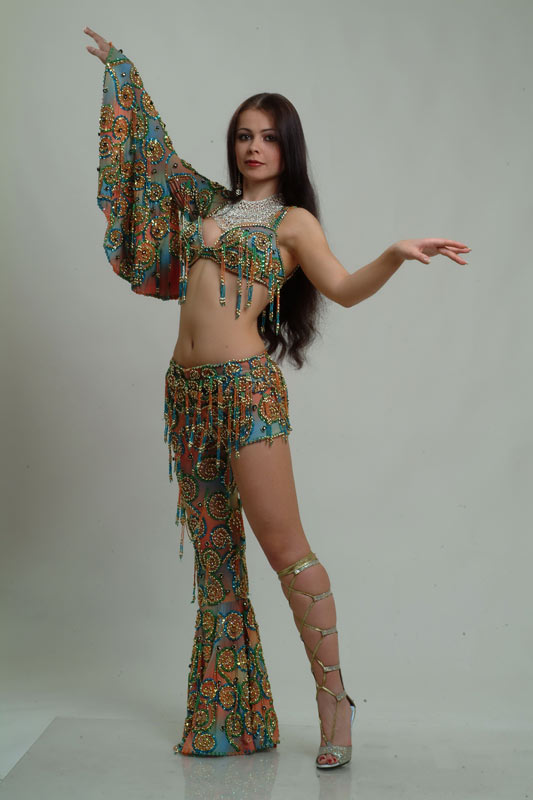 Therefore, before training, get approval from your doctor.
Therefore, before training, get approval from your doctor.
Learn oriental dance at home
First, make the room well lit, then choose oriental music and it remains to show a little desire.
Oriental dance consists of some basic elements that must be mastered first. Only after that you will be able to dance a full-fledged dance, in which your attitude, mood and state of mind will be embodied.
Hip movements:
- Twisting (twisting (twisting) the hips to each side while the rest of the body remains still)
- Figure Eight (draw the number eight with your hips)
- Wave (hips draw a circle in the lateral and frontal planes)
Chest movements:
- Twisting (head and hips do not move, chest twists in different directions)
- Eight in any direction
- Circle (body tilted or fixed)
- breast wave
To make the belly dance perfect, the girls can use various items: candles, swords, scarves, scarves, ribbons, and so on.